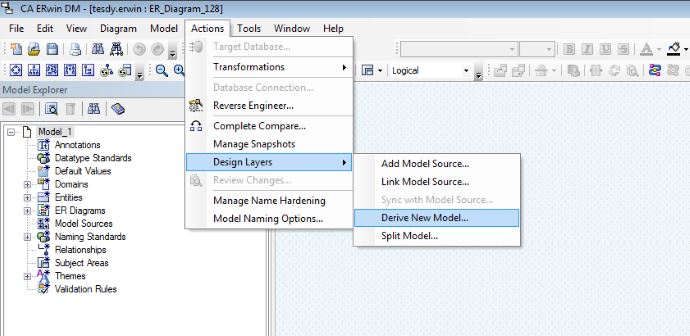

The network model is conceptually simple and easy to design. The network model is a database model conceived as a flexible way of representing objects and their relationships. Network database model organised data more like a graph and can have more than one parent node. This is looks like a Hierarchical database model due to which many time it is called as modified version of Hierarchical database. This model support only one to many relationships, many to many relationships are not supported. Searching for data requires the DBMS to run through the entire model from top to bottom until the required information is found, making queries very slow. Now a day there is no longer use of linear data storage mediums such as tapes. It requires data to be repetitively stored in many different entities. 

For example there is a president with many managers below them, and those managers have many employees below them, but each employee has only one manager.
It relates well to anything that works through a one to many relationships. It worked well with linear data storage mediums such as tapes. Data at the top of the Hierarchy is very fast to access. The model allows us easy addition and deletion of new information. This type of database employs the “parent-child” relationship of storing data. The following figure shows the example of hierarchical database model for the university management system. The following figure shows the generalized the structure of Hierarchical database model in which data is stored in the form of tree like structure (data represented or stored in root node, parent node and child node). Configuration settings are stored as tree structures with nodes. The windows registry used in Windows XP is an example of a hierarchical database. Its structure is like a tree with nodes representing records and branches representing fields. This type of Database model is rarely used nowadays. In simple language we can say that it is a set of organized data in tree structure. In a hierarchical database model, the data is organized into a tree-like structure. It is one of the oldest database model developed by IBM for information Management System. Depending upon your specific needs, one of these models can be used. There are four common types of database model that are useful for different types of data or information.
It allows large amount of data to be stored systematically and these data to be easily retrieved, filtered, sorted and updated efficiently and accurately.ĭatabase Model: It determines the logical structure of a database and fundamentally determines in which manner data can be stored, organized and manipulated. It gives us a highly efficient method for handling large amount of different types of data with ease. Database : Database is an organized collection of interrelated data stored in a computer.







 0 kommentar(er)
0 kommentar(er)
